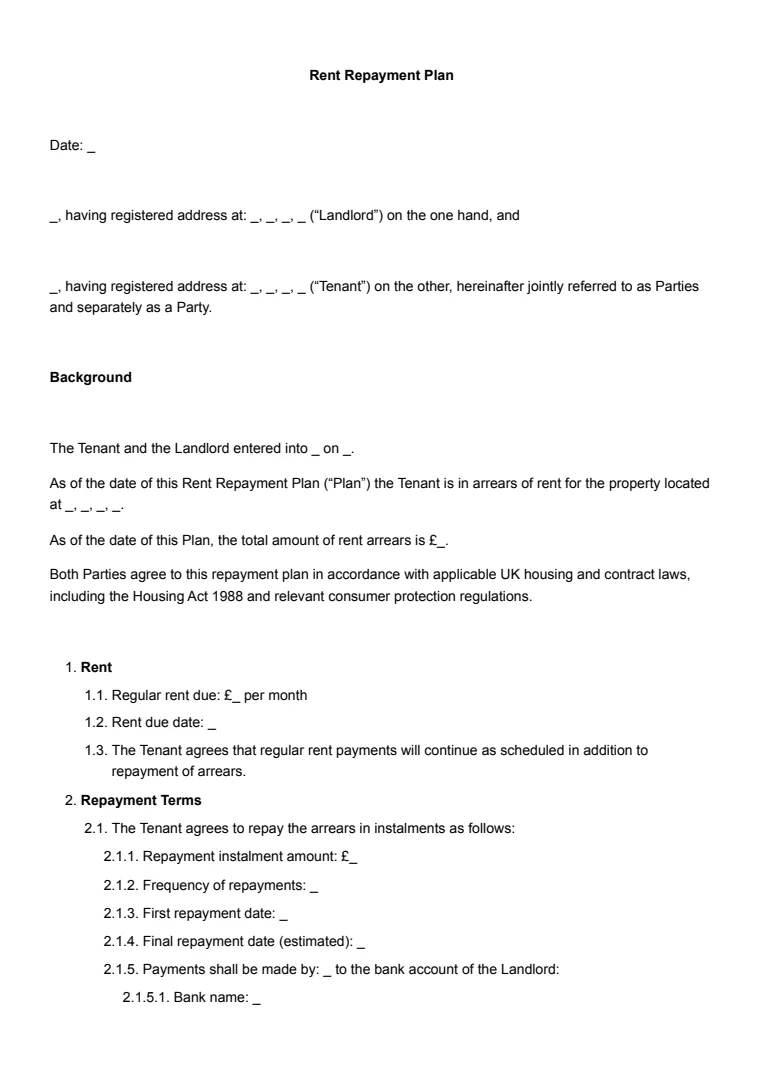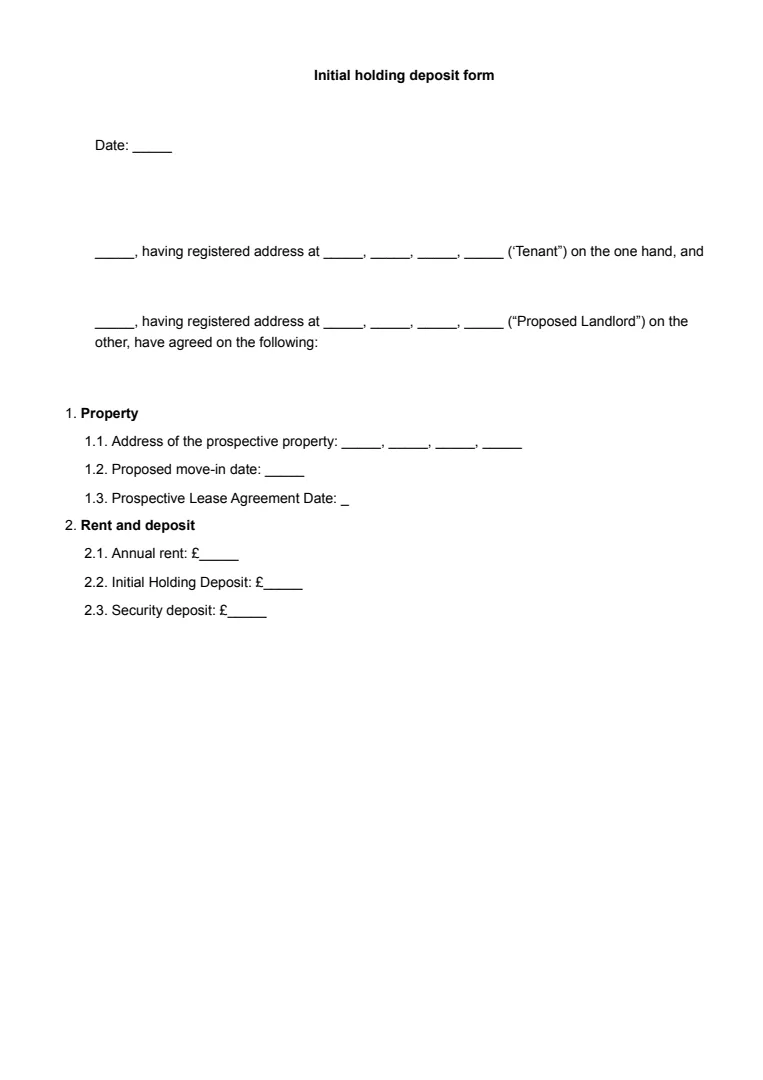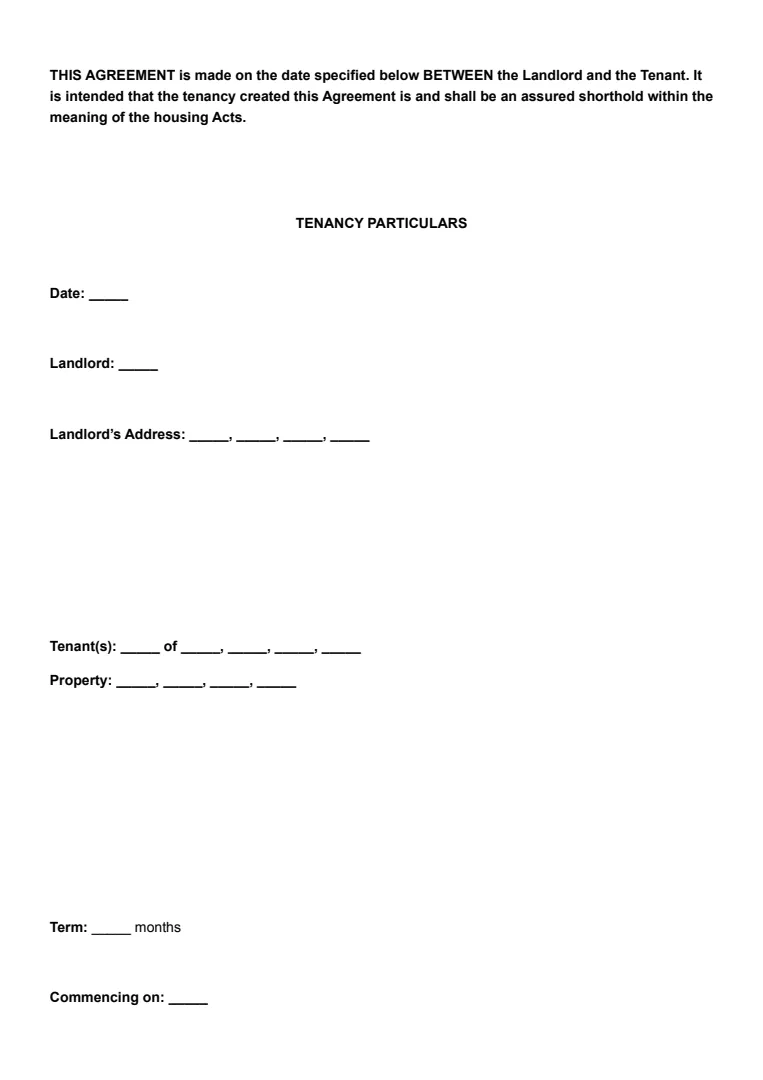What Is a Landlord Reference Letter?
You might have heard of a landlord reference letter if you're renting or moving house as a tenant. As a landlord, you may have been asked to provide one yourself.
A landlord reference letter in the UK is a formal document provided by your previous or current landlord to a prospective one. It serves as a recommendation letter to attest to your reliability and suitability as a tenant.
A landlord reference letter usually includes the following:
- Rental history: This covers how long you've lived at the property and your consistency in paying rent.
- Behaviour as a tenant: It might include comments on how well you maintained the property and interacted with neighbours.
- Financial stability: References can highlight your ability to meet rent payments promptly.
A well-written reference can make a difference in securing a new rental.
Landlords typically value these letters because they provide an objective view of your characteristics, lessening the risk of leasing to an unreliable tenant.
Consider this a good opportunity to show off your positive traits and help ease the new landlord's decision-making process.
When Is a Landlord Reference Letter Needed?
A landlord reference letter can be crucial when you're moving to a new rental property. It's often required during the rental application process.
Prospective landlords may ask for this letter to assess your reliability and history as a tenant.
If you're breaking a lease agreement early, having this document might reassure the next landlord that you handled your previous agreement responsibly. This can help smooth out any concerns about the abrupt end of your last tenancy.
When applying for rental properties in competitive markets, a landlord reference can set you apart. It provides first-hand tenancy information, giving prospective landlords confidence in your ability to pay the rental amount and your history of maintaining the property.
If there's ever been a dispute with a previous landlord about a rental agreement, having a reference letter that confirms your side of the story or credits your character can be invaluable.
Always check whether a reference letter is needed as part of rental applications to avoid missing an essential piece of documentation.
How to Write a Landlord Reference Letter
If you’re a landlord who’s been asked to provide a current or previous tenant with a tenancy reference letter, you can follow some simple steps to create a clear and comprehensive reference.
Step 1: Gather Contact Information
Start by collecting all necessary contact information. This means getting the full name, phone number, and email address of both the landlord and the tenant.
Having these details ensures that the letter is both professional and helpful if further enquiries occur.
Step 2: Use a Formal Salutation
Begin your letter with a formal salutation. Address the letter to the prospective landlord by name if you know it. If not, "To Whom It May Concern" is acceptable.
A formal salutation sets the tone for a professional document.
Step 3: Start With a Clear Introduction
Introduce yourself and explain your relationship with the tenant.
Mention how long you have known the tenant and in what capacity.
This introduction gives credibility to your letter and helps readers gauge your insights.
Step 4: Provide Factual Information
Include factual information about the tenant's history.
This might involve highlighting their rent payment record, how they maintain the property, and any important interactions you’ve had with the tenant.
Factual information provides the future landlord with an objective viewpoint on the tenant.
Step 5: Highlight Key Qualities
Focus on the tenant’s strengths. Highlight qualities like responsibility, reliability, and cleanliness.
Mention any specific positive experiences or situations that showcase these qualities.
Doing so paints a positive image of the tenant.
Step 6: Use a Reference Letter Template
Consider using a landlord reference letter template to ensure that you don't miss any crucial details.
These templates provide a standard format, which can save time and make sure you cover all necessary points.
Step 7: Close With Confidence
End the letter confidently. Provide your contact information once more and offer to answer any further questions.
A confident closing reinforces the positive message of your letter and shows you’re approachable for further discussions.














